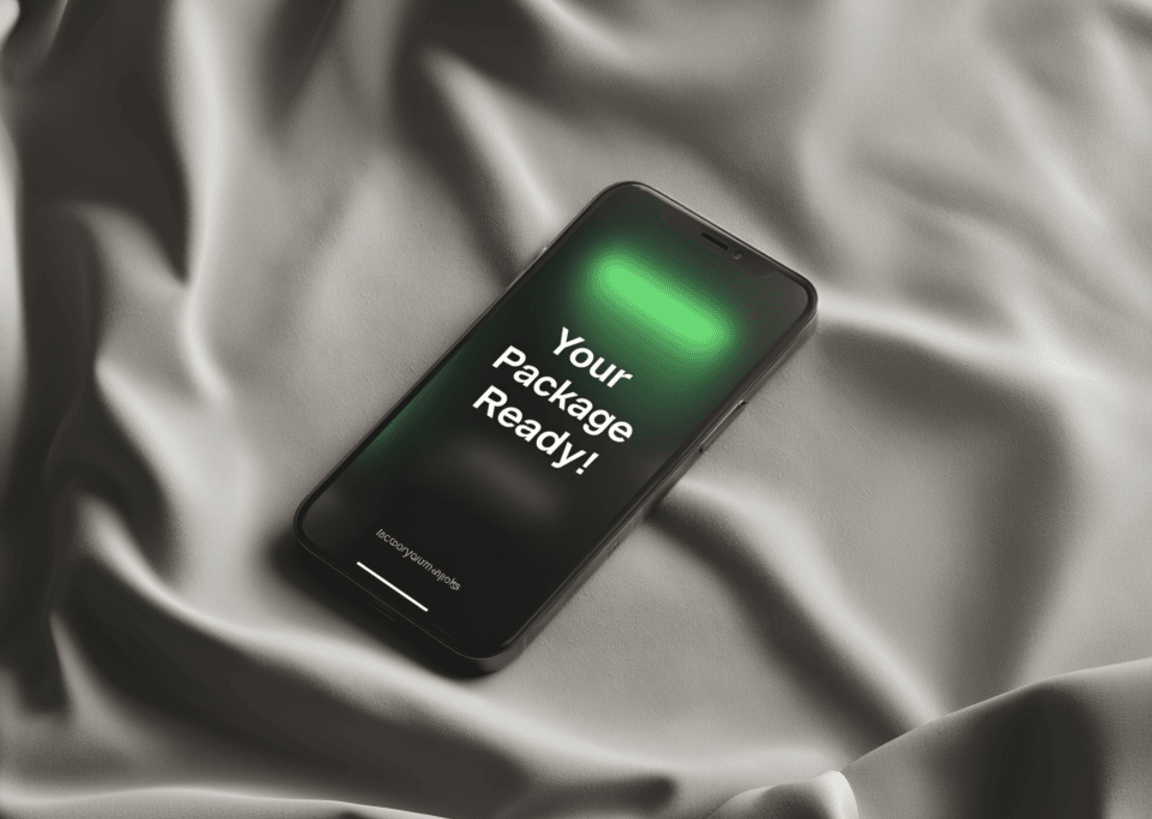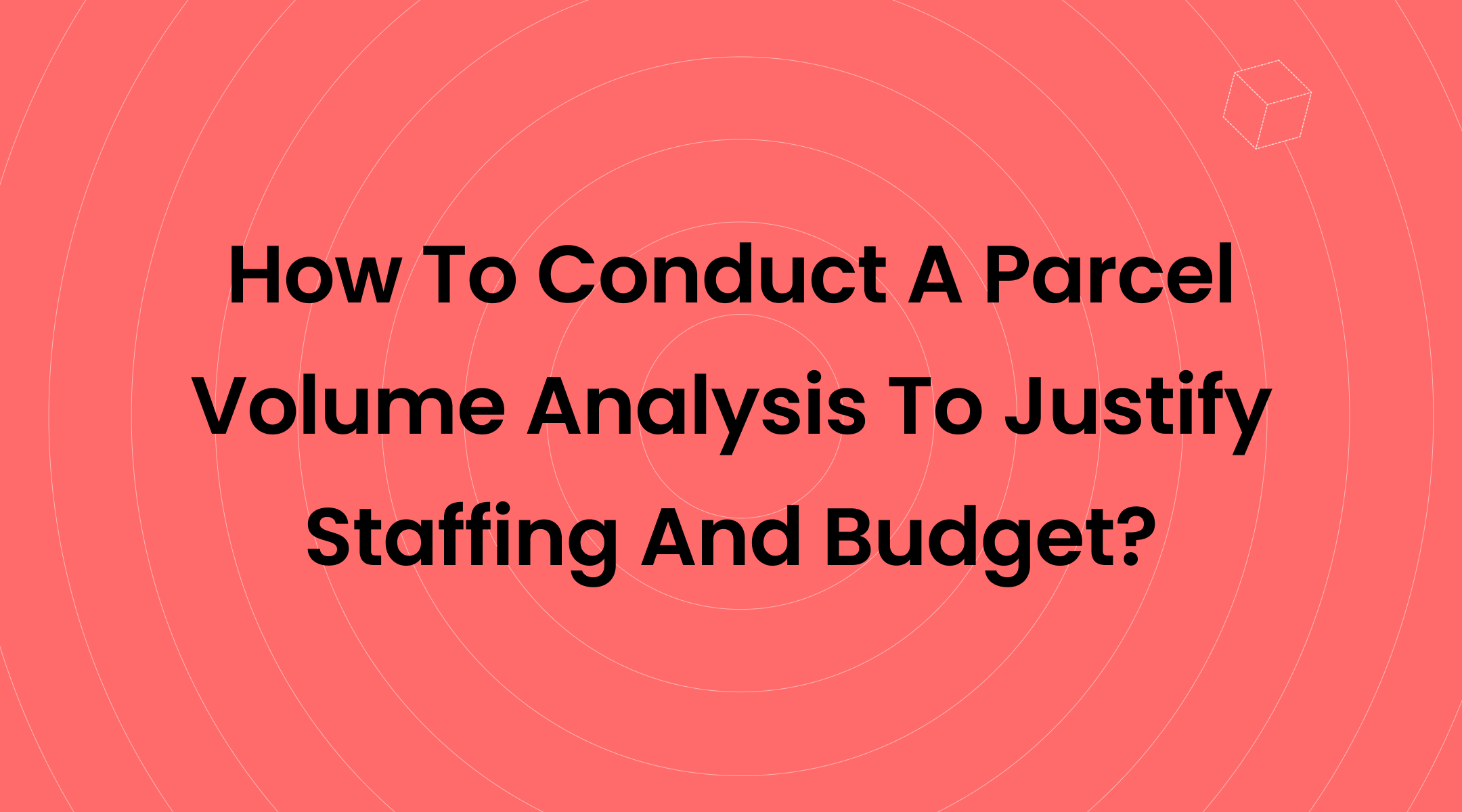Will Automation and Technology Take Jobs in Real Estate?

Central to proptech value propositions is automation and its associated savings for building owners. This article will dive into understanding how exactly automation plays out in the sector. This requires an awareness of how levels of automation apply in proptech specifically, and how feasible different automation levels are.
Levels of Automation
Prime candidates for automation are routine activities, like parcel tracking (shameless, we know). But it's not as simple as waving your founder wand and telling a code monkey to "automate" something we think of as a discrete service. This is because these services are actually a chain of linked actions, each with different prerequisites for automation.
For example, automating parcel delivery can be as simple as an app that lets a building manager scan parcels to see the details of the tenant they need to inform of the parcel's arrival. But this only automates one link in the chain that makes a parcel delivery possible. Automating the sending of notification emails to tenants as soon as their parcel is scanned is another link in the chain. Removing the need for the person delivering parcels to interact with building managers or even the need for people to deliver the parcels (using delivery robots) are two more links in the chain.
The number of automated links in a chain determines the level of automation. For example, when it comes to maintenance in a building, levels of automation can be conceptualised as:
Level 1
Human involved in error identification, reporting, repairing, sourcing solution.
I.e. You see the fridge is broken, you tell your building manager, he contacts the guy who fixes fridges, the guy who fixes fridges fixes your fridge.
Level 2
Human involved in error identification, reporting, repairing,
Automated sourcing of solution.
I.e. You see the fridge is broken, you take a photo and add a comment explaining the problem, the guy who fixes fridges is automatically contacted and you can interface directly with him if you want to make sure he knows not to move your mom's vases when he comes over, the guy who fixes fridges fixes your fridge.
Level 3
Human involved in repairing,
Automated reporting and sourcing of solution.
I.e. Your fridge realizes it's broken, it contacts the guy who fixes fridges and tells you what times the guy can come over to fix your fridge, the guy who fixes fridges fixes your fridge.
Level 4
Everything is automated.
I.e. Your fridge realizes it's broken, robots come in the night to fix it, you never realise your fridge was broken (until you get the bill).
Feasibility
Because different links have different prerequisites for being automated (in terms of the hardware and software needed, the prototype build-out costs, etc), moving between levels varies in cost and difficulty. The key determinant of which levels will be automated first is their feasibility and the value they add - yep, robots will be last. But as the proptech industry evolves, levels of automation in everything will increase and along with this the returns to adopting new technologies. To determine the timeline of increased automation, look to the prevalence of the requisite technology and funding among proptech firms focusing on particular innovations.
This article was written by Parceltracker.com, experts in internal parcel tracking, mailroom automation software and parcel management.






